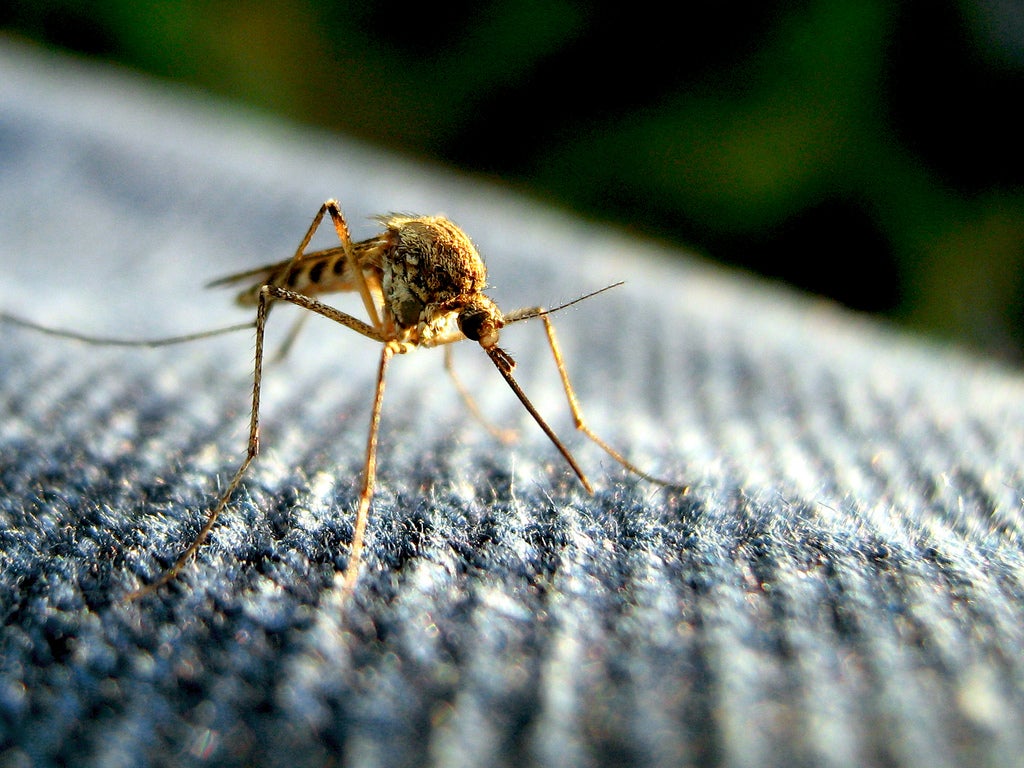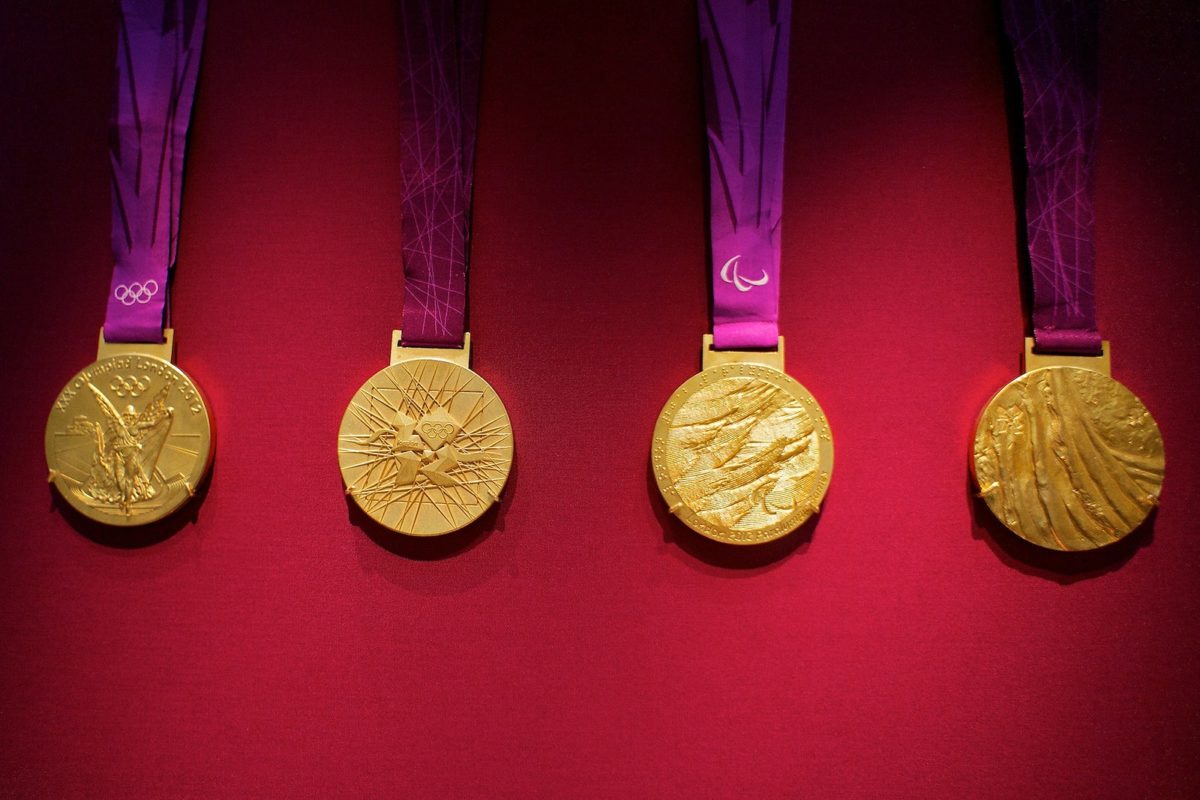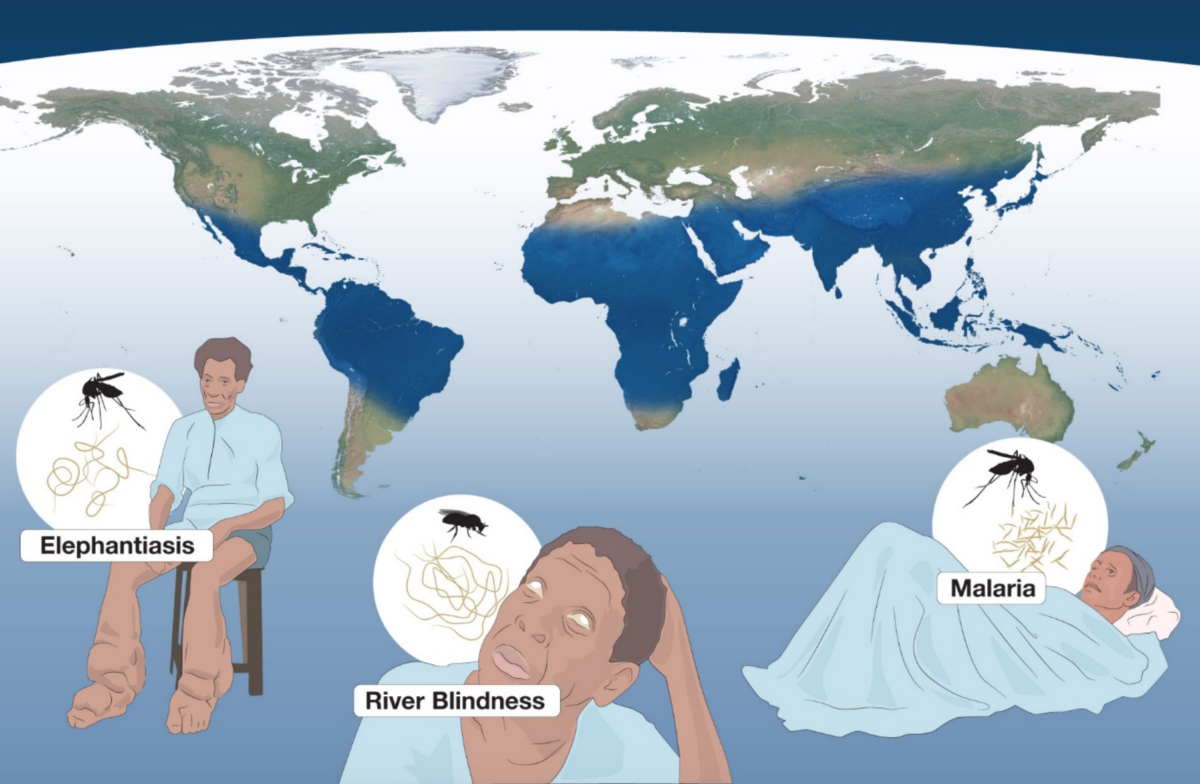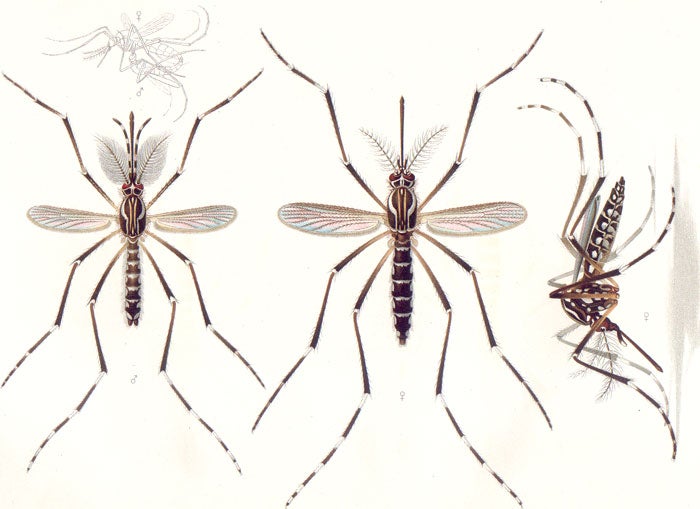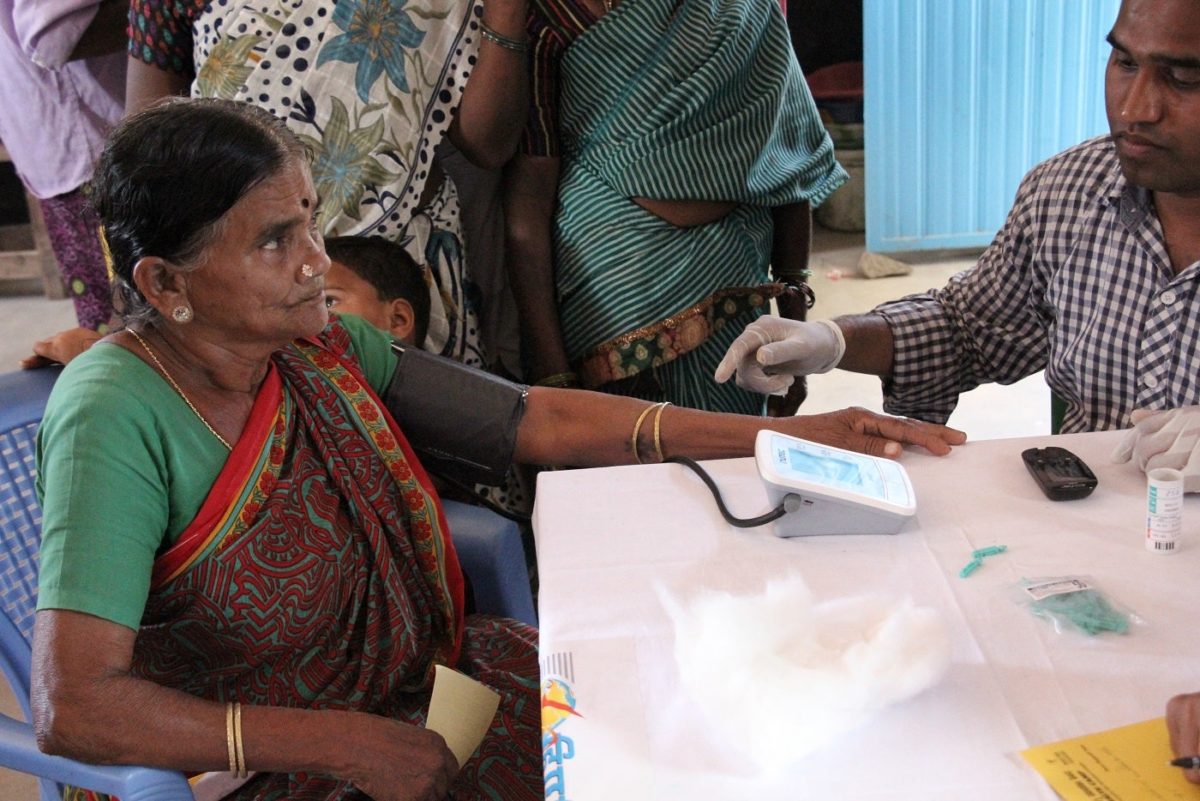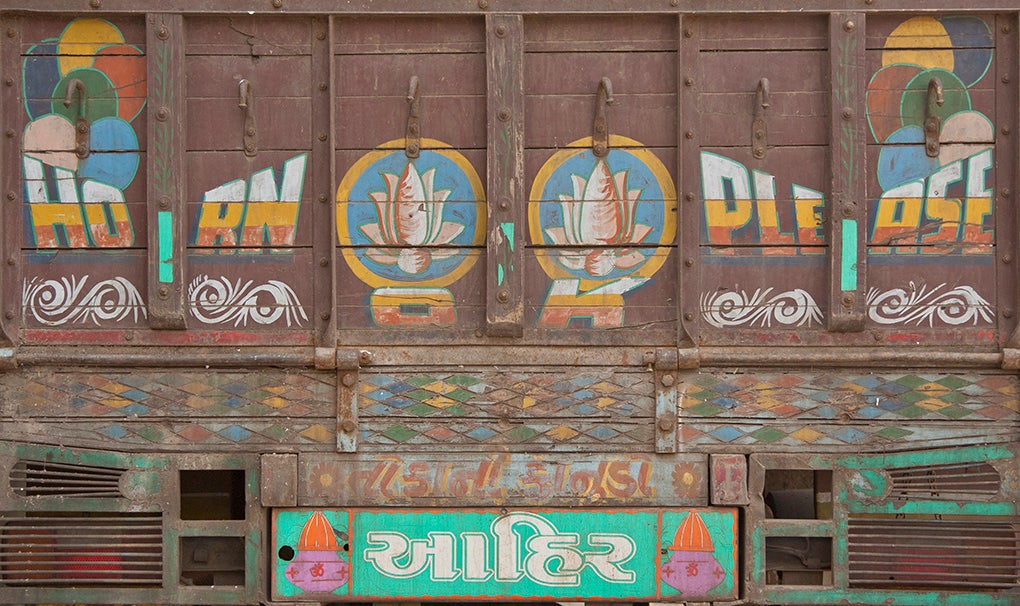A recent review and meta-analysis of 522 randomised trials, including about 117,000 participants suffering from depression, has concluded that all antidepressants are better than a dummy tablet.
Category: Articles
The Fat Lie You’ve Been Told About What’s Hurting Your Heart
I’ve been taught since my undergraduate days in medical college that eating saturated fats was to ask for trouble. Meat (red or white), cheese, butter and egg yolk were prohibited. Repeated guidelines from the American Heart Association (AHA), the American College of Cardiology and even the World Health Organisation were clear that fats in general, and saturated fats in particular, were to be strictly avoided to prevent a heart attack. The message was to reduce fats to less than 30% of the total calories consumed in a day, and with saturated fats to be kept well below 10%. Why, most people on the planet followed these dietary commandments from the two most powerful and respected cardiology associations.
Running a Marathon Is Great for Your Heart – Until it Isn’t
In the din of demonetisation and its changing goal posts, the death of one of the best gynaecologists of Mumbai went largely unnoticed. True to form, the print and electronic media hardly raised a whisper on why a middle-aged man who had run numerous marathons, and who regularly ran 10 km every morning, collapsed and died whilst happily engaged in his morning run. No serious commentary has emerged on the tantalising reasons for the untimely death of a seemingly superbly fit leading doctor.
The Things We Don’t Know About Zika Virus, But Should, Could Make it Deadlier
Albert Camus would’ve agreed that 2016 has had a charming start. Global stocks have fallen over 20%. One of the worst blizzards in history lashed Washington DC on January 22, leaving hundreds of thousands of people without power and damage estimated to be in the billions of dollars. New York city’s Central Park got buried under 27 inches of snow. A strong El Niño has been repeatedly slamming the American west coast with brutal storms.
The Ways in Which Delhi’s Pollution Can Kill You
There is now a tsunami of evidence that air pollution by increased particulate matter raises the incidence of cardiovascular disease, hypertension, diabetes, respiratory diseases and lung cancer.
With Athletics in Tatters, India Could Face Interpol Inquiry for its Doping Habit
Athletics truly lies in tatters. An extraordinary World Anti-Doping Agency (WADA) report has confirmed systemic, institutionalised doping involving Russian athletes, coaches/trainers, doctors, bureaucrats and even the secret police. The commission goes on to strongly recommend that Russia be blocked from participating in the 2016 Rio Olympics till the country’s anti-doping controls are rectified, and five athletes and five coaches banned for life. The inquiry also recommends that the anti-doping lab in Moscow lose its accreditation because it indulged in “intentional and malicious destruction” of more than 1,400 blood and urine samples despite WADA’s formal notification to preserve them.
The SPRINT Trial on Aggressive Treatment of Hypertension Should Be Published at the Earliest
Toward the end of 2013, the eighth Joint National Committee (JNC) released the latest guidelines for treatment of adult hypertension. The 14-page document, along with 300 pages of online supplement, could be distilled into two simple messages: keep blood pressure below 150/90 in people over 60 years but below 140/90 in all other adults, and that treatment could begin with any one of mainstream anti-hypertensive medication (one could initiate treatment with a thiazide type diuretic, ACE inhibitor, angiotensin receptor blocker (ARB) or a calcium blocker).
2015 Nobel for Medicine Rewards Seminal Old Cures for Parasitic Diseases
There were an estimated 207 million cases of malaria in 2012 according to the official bulletin of the World Health Organisation, of which 627,000 died but no one is sure and a conservative estimate of the range is between 73,000 and 789,000 deaths.
Why Delhi Needs to Say ‘Not in My Backyard’ to Dengue
Do the Prime Minister of India and Chief Minister of Delhi – and their mandarins in the health and urban ministries – realise that the deadliest stalker on Earth is the mosquito? Mosquitoes kill more than 0.8 million people in a year; humans clock in second with 0.5 million. The lion slaughters a mere 100; snakes kill about 50,000. Yet, astoundingly, in all the din most anchors and panelists on television debates raise, they’ve been unable to pronounce dengue correctly (it’s den-GAY-i or denGEE, not denGOO).
A ‘New Era’ in the Treatment of Type 2 Diabetes? Not Yet
There will be more than 100 million people suffering from diabetes by 2030, largely due to the negligent life styles adopted by the general population (PDF). India is currently home to more than 60 million diabetic patients (95% have type 2 diabetes) – while almost 2.1% of the country’s GDP is spent in treating diabetes and its complications, including myocardial infarction, heart failure, stroke, blindness, kidney failure and amputation.
Sound Pollution, the Not So Silent Killer.
A recent New York Times article on the toxicity of Delhi’s air by a fleeing foreign correspondent fearful for his son’s life propelled the topic to international attention. As the national media had earlier reported, it is not as if the Indian authorities were unaware of the growing crises. A 2002-12 study commissioned by the Central Pollution Control Board showed that almost 43% of Delhi’s school children suffered from poor or restrictive lungs, and that 10-27% of them complained of headaches, eye irritation, nausea, palpitation and fatigue. However, this and other studies were never acted upon.



